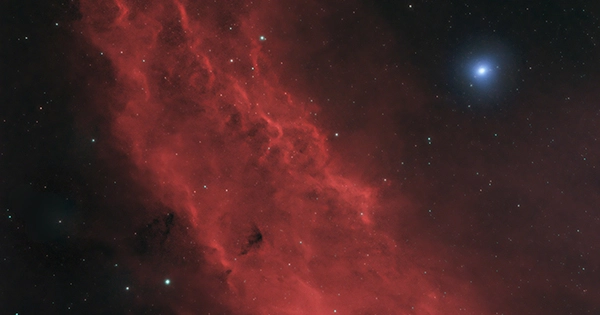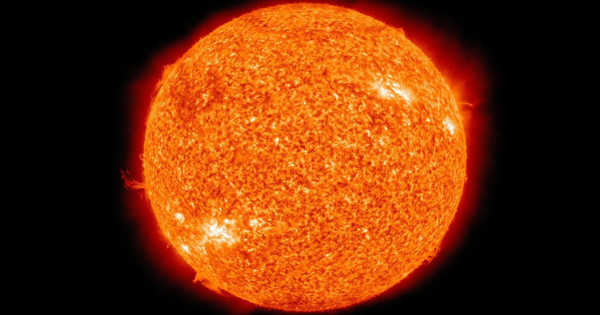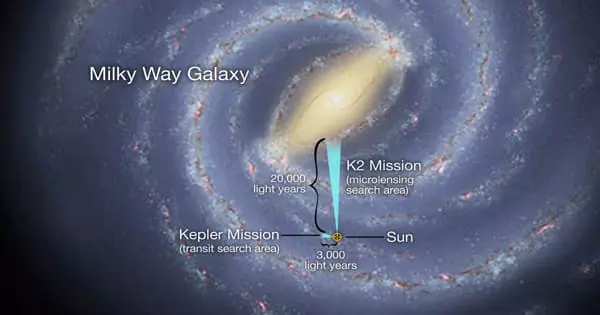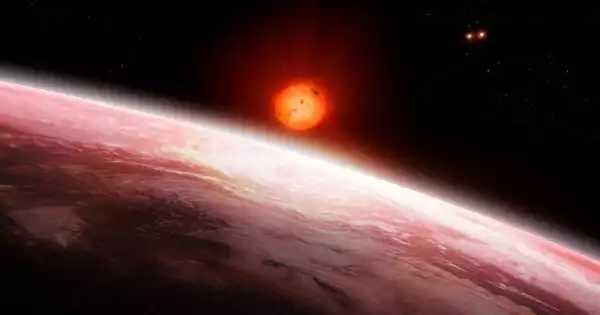The California Nebula, also known as NGC 1499, is an emission nebula located in the constellation Perseus. It is almost 2.5° long on the sky and, because of its very low surface brightness, it is extremely difficult to observe visually. It is approximately 1,000 light-years away from Earth and is one of the largest and brightest nebulae in the night sky. It can be observed with a Hα filter (isolates the Hα line at 656 nm) or Hβ filter (isolates the Hβ line at 486 nm) in a rich-field telescope under dark skies. These stars emit high-energy ultraviolet radiation that ionizes the hydrogen gas in the nebula, causing it to glow with a reddish-pink light.
The California Nebula gets its name from its shape, which resembles the state of California on the west coast of the United States. Its name comes from its resemblance to the outline of the US State of California in long-exposure photographs. Observing the California Nebula requires a clear, dark sky and a good telescope. It can be difficult to see with the naked eye, but it is a popular target for amateur astronomers and astrophotographers. The nebula can be imaged using long-exposure techniques, which can reveal its intricate details and brilliant colors.
Emission nebulae are clouds of gas and dust that are illuminated by ultraviolet radiation from young and hot stars. In the case of the California Nebula, the star responsible for illuminating the nebula is Xi Persei, a young and massive star located near the center of the nebula. The intense radiation from this star excites the gas in the nebula, causing it to emit light in the red part of the spectrum.
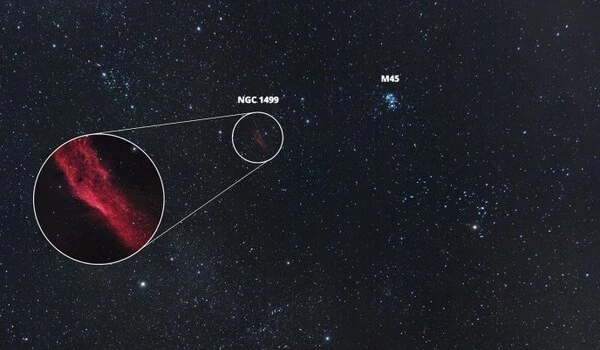
It is approximately 1,000 light years from Earth. Its fluorescence is caused by the nearby prodigiously energetic O7 star, Xi Persei (also known as Menkib), exciting the H line in the nebula. E. E. Barnard discovered the California nebula in 1884.
The California Nebula transits in the zenith in central California by chance, as the latitude corresponds to the object’s declination. On October 22, 2022, NASA chose the California Nebula as its Astronomy Picture of the Day, based on a photo submitted by an amateur astronomer taken with a ground-based telescope.
In summary, the California Nebula is a beautiful and fascinating astronomical object that offers a glimpse into the processes of star formation and the life cycle of stars. The California Nebula is a popular target for amateur and professional astronomers alike, due to its bright and large size. It can be easily seen with a small telescope, and its striking red glow makes it a beautiful sight to observe.
